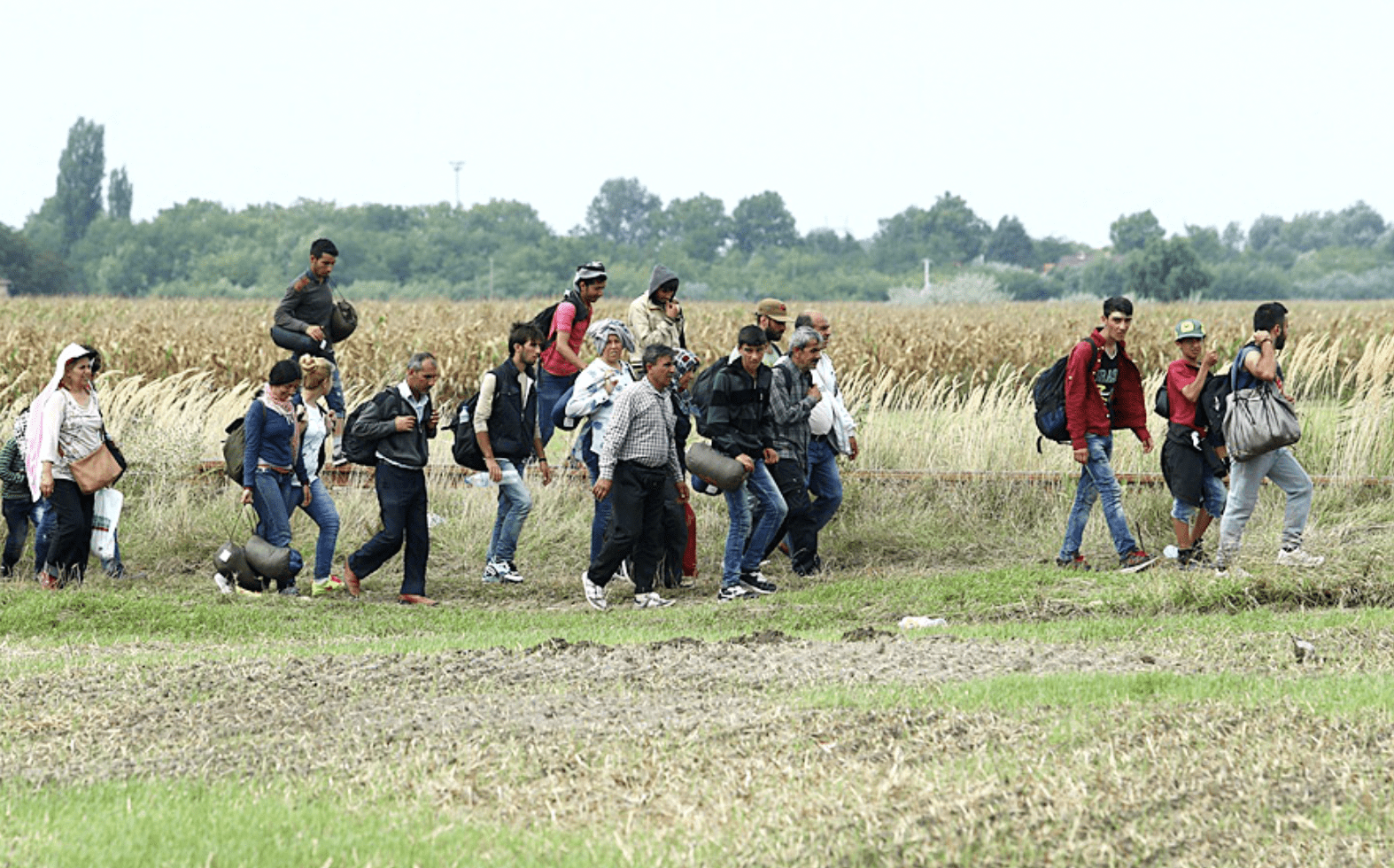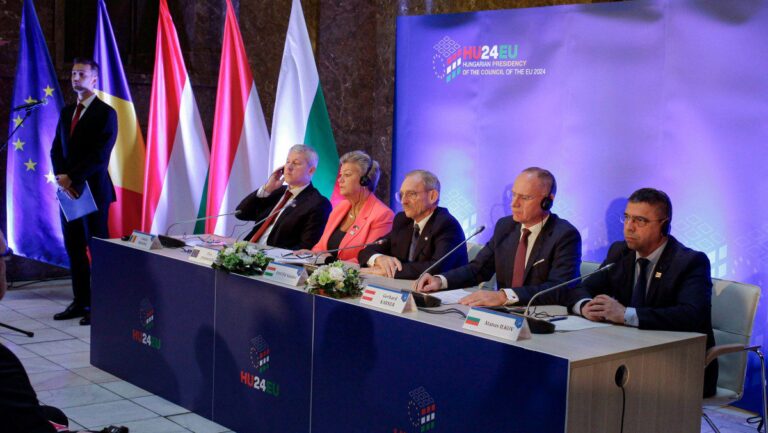A new report from the European Union’s official statistical agency has revealed that well over half a million people, for the first time, applied for asylum within the 28 member bloc in 2021, up nearly 30% from the previous year.
The report, published early this week by Eurostat, revealed that some 535,000 first-time asylum seekers—most of whom arrived from Syria, Afghanistan, and Iraq—applied for official status in the European Union last year, with Germany, France, Spain, Italy, and Austria, collectively, receiving nearly three-quarters of all applications.
The figures approximate those recorded in 2014 (530,600), prior to the massive peaks that were registered during the European Migrant Crisis of 2015 and 2016, two years which together saw more than 1.3 million asylum seekers make their way to the European Union after the American-led intervention in the Syrian civil war.
Collectively—Syrian, Afghans, and Iraqis—composed nearly half of all asylum seekers who arrived in the bloc. While Syrians remained the largest group of nationals who sought EU asylum last year, accounting for 18% of the total number of applicants, Afghans and Iraqis made up 16% and 5%, respectively.
Nearly three-quarters (74%) of all first-time asylum seekers were received by five western EU member states—Germany, France, Spain, Italy, and Austria. Germany, which accounted for 28% of all first-time asylum applications, was followed by France (19%), Spain (12%), Italy (8%), and Austria (7%).
Relative to the total population of each member state, Cyprus saw the highest number of asylum seekers, 14,799 first-time applicants per million residents. Behind Cyprus were Austria and Slovenia, with 4,111 and 2,474 per million, respectively.
Conversely, Hungary, Estonia, and Slovakia received the lowest number of applications in proportion to their respective populations, at 4, 57, and 60 per million, respectively.
Bearing in mind that the figures recorded in the report refer exclusively to first-time asylum seekers, the total number of asylum applications received by the bloc last year was likely considerably higher. Additionally, the report failed to mention qualitative data such as the ages and sexes of the asylum seekers.





